Chengdu Panda Base
Chengdu Giant Panda Breeding Research Base is one of the main research bases for the Chinese government to carry out ex-situ conservation projects for endangered wildlife such as giant pandas, and is a national AAAA tourist attraction.
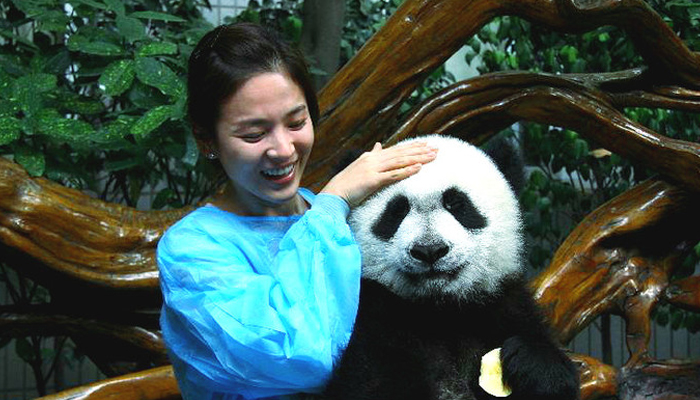
It is a well-known research institution for the protection of rare and endangered wild animals, such as giant panda, which integrates scientific research and breeding, conservation education, education and tourism, and the construction of panda culture.
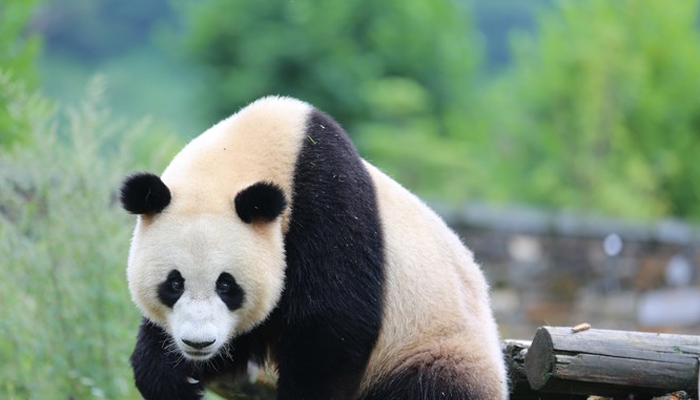
The first batch of national
primary and secondary students research and practice education base.
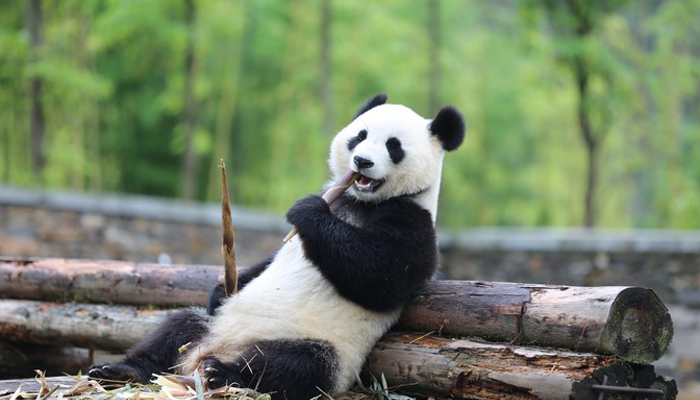
Chengdu giant panda breeding research base is the breeding, treatment and breeding of giant pandas in Chengdu zoo.

Built on the basis of. In the 1980s, the cold arrowhead bamboo of the Qionglai Mountains blossomed and died. Some giant pandas were rescued and concentrated in the Chengdu Zoo for starvation.
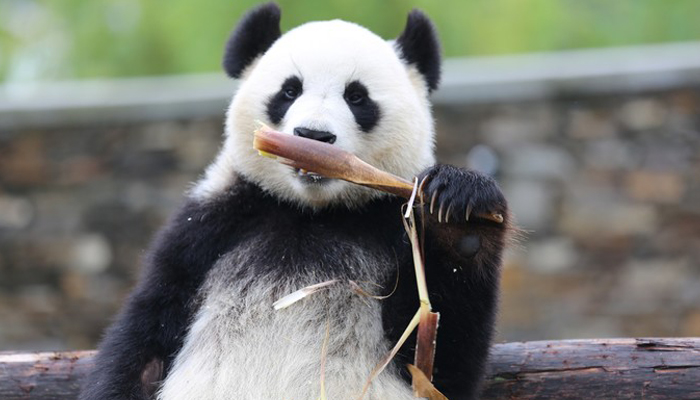
In 1987, in order to strengthen the rescue and management of sick and hungry giant pandas, separate the functions of panda education and display from those of rescue and research, strengthen the scientific research of giant pandas and improve the breeding level of giant pandas, the Chengdu Municipal People's Government decided to establish a breeding and research base for giant pandas in Chengdu, and implemented a team with Chengdu Zoo, two pieces. Brand.

After 1990, the Chengdu base and the Chengdu zoo were divided into two independent entities.
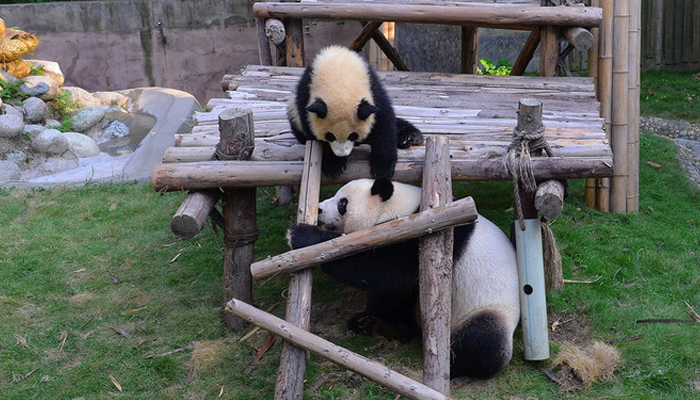
In 1992, the giant panda museum was open to tourists.

In 1997, the Chengdu Giant Panda Breeding Research Base jointly funded more than 15 million yuan by the State Planning Commission, the Chengdu Planning Commission and the Chengdu Giant Panda Breeding Research Foundation to establish the first open laboratory in China to carry out research on endangered species with Chinese characteristics.
In 2000, the National Wildlife Conservation System took the lead in carrying out public protection education and established the Ministry of Popular Science Education.
In 2001, the Open Laboratory was named "Sichuan Key Laboratory of Reproduction and Conservation of Endangered Animals" by Sichuan Science and Technology Department. In the same year, Chengdu base cooperated with Sichuan University to carry out research and experiments.
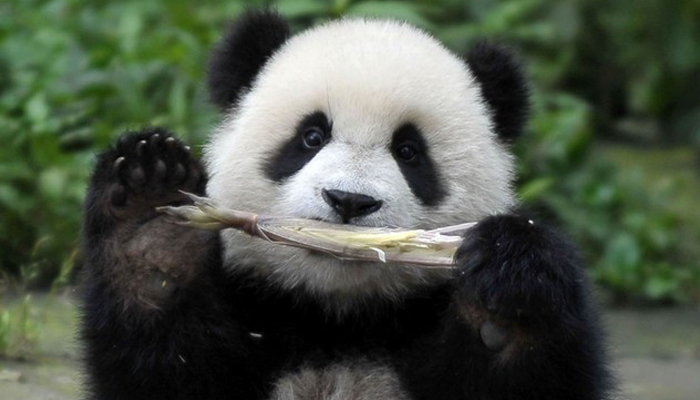
In 2003, the Base was awarded the "Advanced Unit for Talent Development in Sichuan Province" by the Sichuan Provincial Party Committee and the provincial government, and the "National Post-doctoral Research Workstation" awarded by the Ministry of Personnel.
In 2006, it was officially awarded the "national AAAA" scenic spot by the National Tourism Administration.
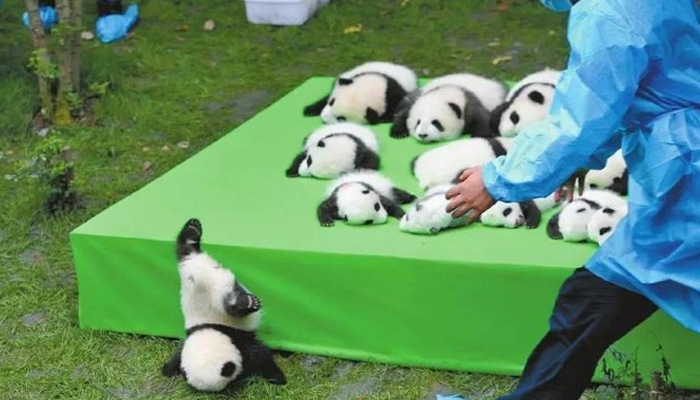
In 2007, the laboratory was officially approved by the Ministry of Science and Technology as "endangered Wildlife Biology - provincial and ministerial co-construction of national key laboratory". At the same time, modern panda museums, animal specimens and gene pools of endangered animals have been established in Chengdu base and Sichuan University.

In 2011, the International Research Center for Giant Panda Conservation Biology, jointly established by the Base and the Global Science Foundation, was also established.
In September 2014, the base was awarded the honorary title of "the national advanced group of technical talents". In October 1st, the Dujiangyan panda breeding center was opened to trial.
In April 20, 2015, "panda Valley" was officially opened to the public.
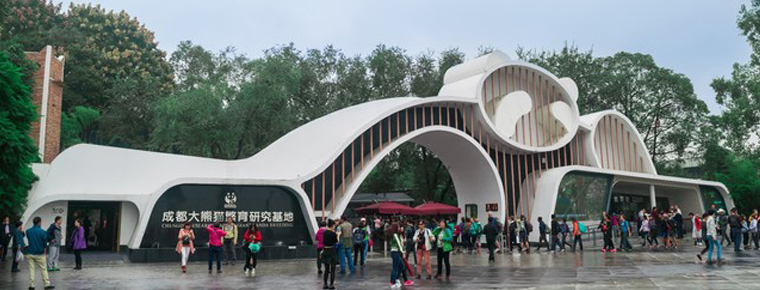
-
1.Kizil Gaha Peak Sui
Located on the east side of Saltwater Valley in the northwest of Kuqa County Town, Kizil Mahabi is a towering ancient military building with the meaning of "old red mouth" or "red sentr
Time 2018-12-23 -
2.Liu Sanjie s Grand View Garden
Liu Sanjie Grand View Garden, formerly known as Guilin Liu Sanjie Landscape Garden, is located on the Peach Blossom River in Guilin City, Guangxi Zhuang Autonomous Region. It covers an area of more th
Time 2018-12-26 -
3.Shenyang Palace Museum
The Shenyang Palace Museum, originally a royal palace built and used in the early Qing Dynasty, was built in 1625 (five years from tomorrow, ten years after the fate of the golden emperor).
Time 2019-02-08 -
4.Spinach with Eight Delicacies
Babao spinach is a traditional Shandong dish, which belongs to Shandong cuisine. It is rich in color, bright, delicious, light and refreshing. In addition to spinach, Babao spinach is also equipped wi
Time 2019-03-25 -
5.Legend of Boya Period
"When the evidence of the legendary place of Bo Yazi Period was found in Hanyang, I knew that it was hopeful to apply for the national level!" Yesterday, the reporter learned from the Provin
Time 2019-04-04 -
6.Chord music
The mouth string is also known as the sounding strip, the strip spring and the mouth spring. It is a small musical instrument which is deeply loved by the minority compatriots. The content of playing
Time 2019-05-10 -
7.Traditional Cuisine Skills of Shanghai Bengang Cuisine
Benbang cuisine is a nickname for Shanghai cuisine and an important school of Han traditional catering culture in Jiangnan area. The so-called Ben Gang is local. It is characterized by thick red sauce
Time 2019-06-13 -
8.Taohuawu Wood Engraving New Year Picture
Taohuawu New Year Picture is a Folk Woodcut New Year Picture in the south of the Yangtze River. It was named for its production in the area of Taohuawu in Suzhou. It and the woodcut New Year pictures
Time 2019-06-18 -
9.Nightlight Cup Carving
The manufacture of luminous cup needs 28 complicated processes. First of all, we need to select the material, then make the blank according to a certain size to form the preliminary noctilucent cup. F
Time 2019-07-11 -
10.Silver jewelry making skills
Yunnan has been known as the "metal kingdom" since ancient times. Silver and copper resources in Western Yunnan are very rich, with Dali as a typical representative. Heqing Silver Ware Makin
Time 2019-07-13 -
11.Zhangzhou Puppet Head Sculpture
Zhangzhou puppet head carving is a traditional folk arts and crafts in Zhangzhou City, Fujian Province. It belongs to a special skill in the production of puppet stage props. Zhangzhou puppet head car
Time 2019-07-25 -
12.Zhenba Folk Song
Zhenba folk song is a huge cultural wealth created and accumulated by Zhenba people for thousands of years, and it is an important component of Zhenba regional culture. Zhenba folk songs are very rich
Time 2019-07-25